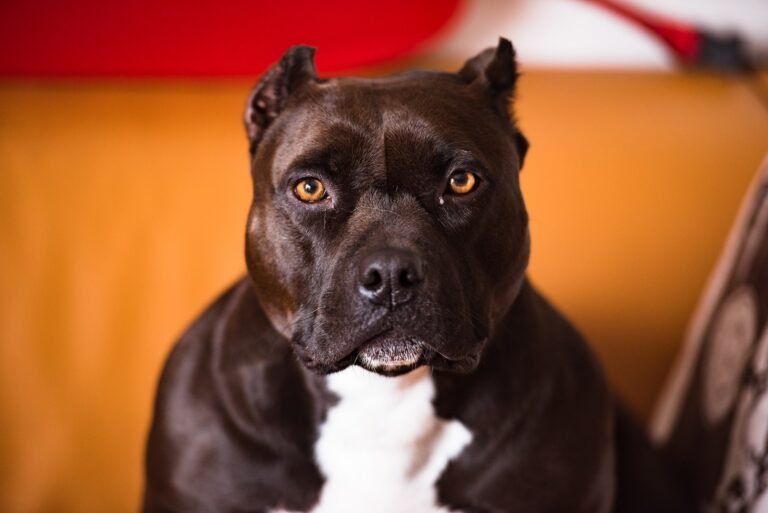Cut your dog’s hair: how to mow your dog?

We often associate haircuts in dogs with certain dog breeds that require more maintenance of their coats or that we are more used to seeing sporting certain distinctive cuts. Trimming dogs’ hair is a practice we also see for anyone who enters beauty pageants. But the truth is, trimming can be an option for any dog whose coat allows or requires trimming. In this article, we talk about the advantages and benefits of cutting your dog’s hair.
Comfort:
A long, well-groomed coat is exceptional and pleasing to the eye, but we don’t always have the time to keep it in perfect condition, which can lead to tangles, knots, dreadlocks, etc. These are not only aesthetic problems, but can even cause skin damage and discomforts such as irritation, tightness, and even dermatitis. Maintaining this type of coat requires almost daily brushing. Therefore, if we cannot dedicate a few minutes to it every day, one option would be to shorten it. This will make the coat look groomed most of the time, even if it does not reach its full length, and it will be easier for us to wash it, apply shampoo or any other product, dry it, comb it, etc. In other words, it will be easier to maintain.

Hygiene
Long hair can trail on the ground, get stuck in the dog’s water bowl or feeder, or become soiled with urine, feces and other fluids such as saliva, feces, or blood. Therefore, trimming your dog’s hair helps maintain hygiene. In these cases, you can stick to certain parts, such as cutting the hair around the anus and genitals, ears, eyes or chin, as well as the hair that comes into contact with the ground. But be careful, because it is common to remove hair from the inside of the ear canal under the pretext of improving the ventilation and hygiene of the ear canal, but in reality, cutting this hair is counterproductive. Their removal could promote the development of otitis. Also, remember not to cut the vibrissae, those specialized hairs found on the eyebrows, muzzle, etc., and which have a specific function related to the sense of touch.
Health
Occasionally, dogs can injure themselves, leaving them with sores that will need to be treated. To facilitate healing and prevent the rubbing of the hairs from triggering an infection, it is a good idea to cut the hair from the affected area. In fact, mowing is often the first step to start cleaning and disinfecting a wound.
Another case where it may be advisable, and therefore another benefit of cutting your dog’s hair in connection with health reasons, is when the hair grows between the toes and the pads. The long hairs in this area can cause the dog to slip on certain floors, making it difficult to move around, and can cause falls, not to mention the accumulation of mud and dirt from outside.

Dewormers
Cutting your dog’s hair can also help us better visualize the animal’s body, which makes it easier to detect any external parasitic presence such as ticks or fleas, which can go unnoticed in a coat that is too long. In addition to being able to do tactile recognition, short hair will help us see them better and be able to locate and eradicate them. This better visualization of the whole body also makes it possible to observe better any alteration, such as an injury, inflammation or the appearance of growth.
Communication
Some dogs have very long, thick, or heavy coats that fall over the eyes and interfere with the visibility and movement of the tail and ears. Since dogs use their bodies to communicate, cutting your dog’s hair, especially in these specific areas, can help them to be better understood by their peers and by ourselves.
Socialization
Cutting your dog’s hair is a way to get him used to being handled all over his body, which helps create and maintain the bond between him and us. Besides, we can make this moment a good occasion for a little practice concerning education, by rewarding him when he is calm, allows himself to be manipulated, cuts his hair, etc. However, it is very important to keep the following points in mind:
The first cut should be done as soon as the vet or groomer tells us to do so. Beforehand, it is important to introduce him to the cutting tools, let him smell them, and reward him so that he associates them with positive stimuli.
It is essential that the whole experience is beneficial for the dog, otherwise, we will not be able to create this bond. If he is scared or stressed, it is better to do it another time.

Cutting does not mean shaving
Now that you know the benefits of cutting your dog’s hair, it should be clarified that the cut we are talking about is not a clean shave. Trimming the hair is a good thing to do, but shaving it off is counterproductive and even dangerous. In other words, the benefits of cutting your dog’s hair appear when we leave a length of several centimeters of hair, which can be more or less important according to the dog’s own needs. On the other hand, if we cut the hair much too short, that is, if we shave our dog practically to zero, what we are doing is exposing it to different aggressions, such as those derived from climatic conditions, both hot and cold, or contact with multiple elements likely to cause injury.
Although the intention is often to cut the hair very short because we know perfectly well that in this way we help our dog to fight against the heat, the truth is that we obtain the opposite effect by removing the protection offered by the fur and allowing direct skin exposure. Also, for dogs that have body hair (hairless breeds are free of it), it is unnatural for their coat to be completely shaved, which can also cause them problems when it comes to socializing with them. other dogs.
For these reasons, a zero shave is only reserved for situations where it is really essential. For example, when surgery is needed. In these cases, the veterinarian shaves the area to clearly visualize the area to be worked on and to prevent the hairs from causing infection when they come into contact with the wound.






